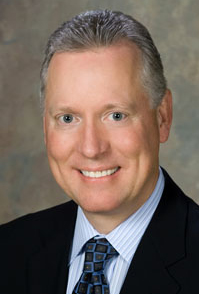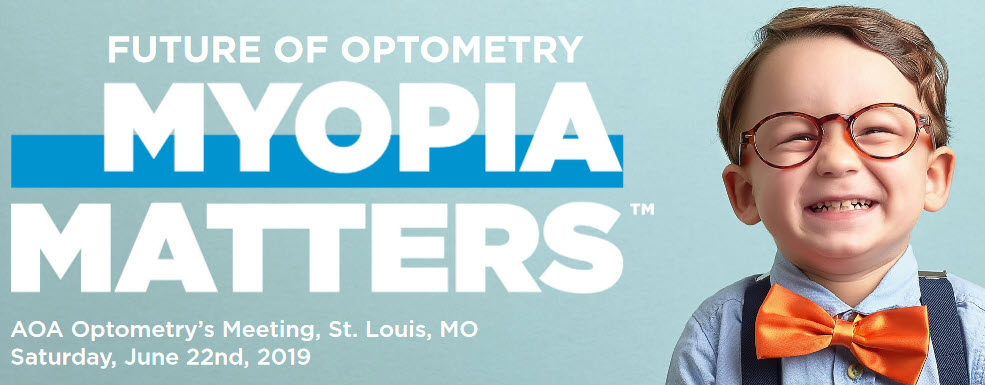By Dwight Akerman, OD, MBA, FAAO
Chief Medical Editor, Review of Myopia Management
August 14, 2019
During May 2019, Jobson Optical Research, sponsored by Essilor, polled more than 300 optometrists from the U.S. to learn more about their attitudes and behaviors regarding myopia management. The results are both encouraging and disappointing.
Of the optometrists surveyed who do not offer myopia care, defined as services that go beyond prescribing single-vision lenses, two out of three said there is not enough patient demand even though for U.S. children and teenagers ages 12 to 17, the overall prevalence of myopia is estimated to be a shocking 34 percent.1
Optometrists play a critical role in managing myopia. I believe the insights gained from this research will be valuable whether you are currently offering myopia care in your practice or contemplating jumping in. With several myopia treatment options now available off-label that have demonstrated efficacy, optometrists have a professional responsibility to discuss management options with parents of all myopic children.
Here are three key findings of the report, Myopia Matters:
MYOPIA CARE FOR CHILDREN STILL LACKING. While over six-in-ten (62.5 percent) optometrists surveyed said their practices provide myopia management services, surprisingly, almost four-in-ten (37.5 percent) said their practices do not offer myopia care for children.
PERCEPTION OF TOO MUCH TIME REQUIRED, TOO LITTLE INTEREST. Of the optometrists surveyed who do not offer myopia care, two out of three said there is not enough patient demand, and nearly one-in-four said it was too time consuming.
PROACTIVE CARE LACKING. Over seven-in-ten of the optometrists surveyed who provide myopia care said they are very proactive or proactive in managing children with progressive myopia, but nearly 30 percent are not.
New Resource
Resources to Educate and Create an Action Plan
Each edition of Review of Myopia Management, incorporates an editorial theme. For example, we have covered “Why is Myopia Management Important?” , “Whom to target with myopia management interventions?”, “When to initiate myopia management intervention & when to stop?”, and “How to incorporate myopia care into a primary care practice?”
With treatment options available that have demonstrated efficacy in reducing the progression of myopia, ECPs have a professional responsibility to recommend myopia management options to all parents of children at risk for progressive myopia. Working together, we can reverse the myopia epidemic.
>>Click HERE to read Review of Myopia Management>>
References
1 Vitale, S., Sperduto, R. D., & Ferris, F. L. (2009). Increased prevalence of myopia in the United States between 1971-1972 and 1999-2004. Archives of Ophthalmology, 127(12), 1632-1639.
 Dwight Akerman, OD, MBA, FAAO, is the Chief Medical Editor, Review of Myopia Management. To contact him: dwight.akerman@gmail.com
Dwight Akerman, OD, MBA, FAAO, is the Chief Medical Editor, Review of Myopia Management. To contact him: dwight.akerman@gmail.com


























